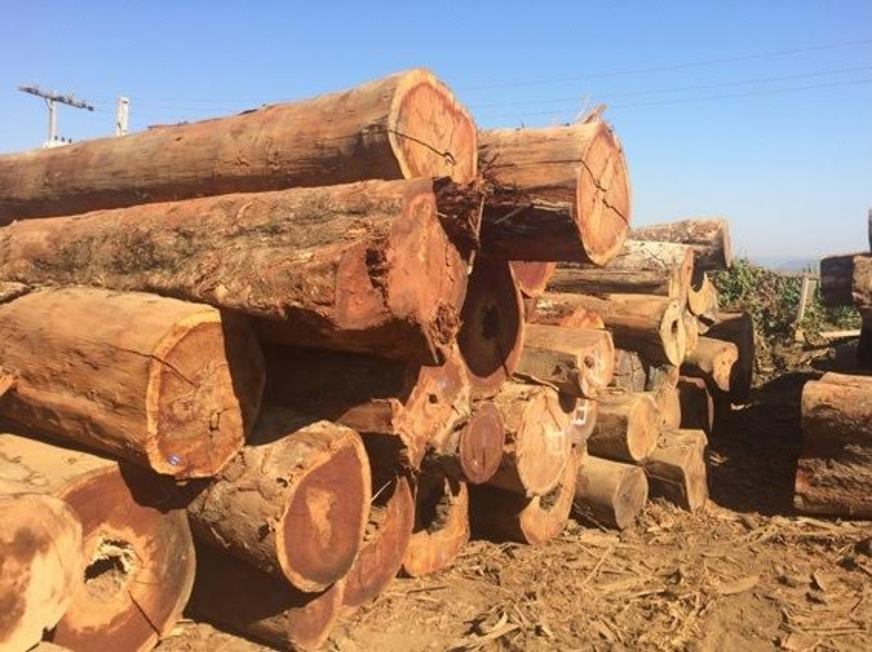
Through strategic partnerships in South America, North America, Africa and Asia, Incomatti is capable to offer more than 15.000m3 monthly of wood logs of several species, such as:
Jatobá, Cumaru, Wamara, Teak, Eucalyptus, Wallaba, azobe, Okume, Tali, Padouk, Kempas, merbau, iroko, Sapeli, Cabre�va, oak, birch, beech, larch, black walnut, mapple and many other species.
Generally two different systems are used for the measurement of logs:
1) Method geometric scaling Smalian obtained by the equation:
Equation used (adapted from Smalian):
VPE�A = ((D1 + D2 + D4 + D5) / 4) 2.L.0, 00007854
In which:
d1 = diameter of the lower base of the log in inches
d2 = Diameter greater the base of the log in inches
d4 = diameter smaller than the top of the log in cm
d5 = Diameter greater than the top of the log in inches
L = length in meters of the log
0.00007854 = Constant (π/40000)
2) Hoppus Formula (usually Teak)
Formula
The Hoppus foot formula uses the mid-quarter-girth (M.Q.G.) in inches, squared, then multiplied by the length in feet and then divided by 144 to give H.ft. The girth is measured in inches at the mid-point between the butt and the tip and then divided by 4 to get the M.Q.G.
The following calculation can be used to estimate the usable timber in round logs
Hoppus Volume (hft) = (Mid Quarter Girth in ins.)^2 X Length (ft) / 144
Quarter Girth tapes are available, with 66′ tapes for the length, and ready-reckoner tables.
Conversion
One hoppus foot = 1.273 true cu.ft; 27.736 h ft = 1 cu.m; and 1 h ft = 0.036054 cu.m. A hoppus foot is approximately 21% bigger than a true cubic foot.
In Myanmar 1 Hoppus ton = 50 Hoppus cubic feet = 1.8027 cu.m.
For more on Hoppus and its use in the Teak trade see:
http://gwydir.demon.co.uk/jo/units/volume.htm
http://www.myanmarwood.com/measure.shtml
http://en.wikipedia.org/wiki/Hoppus
See the following for a comprehensive description of timber measurement systems
http://www.ruraltech.org/projects/conversions/
briggs_conversions/briggs_ch02/Chapter02_
combined.pdf






